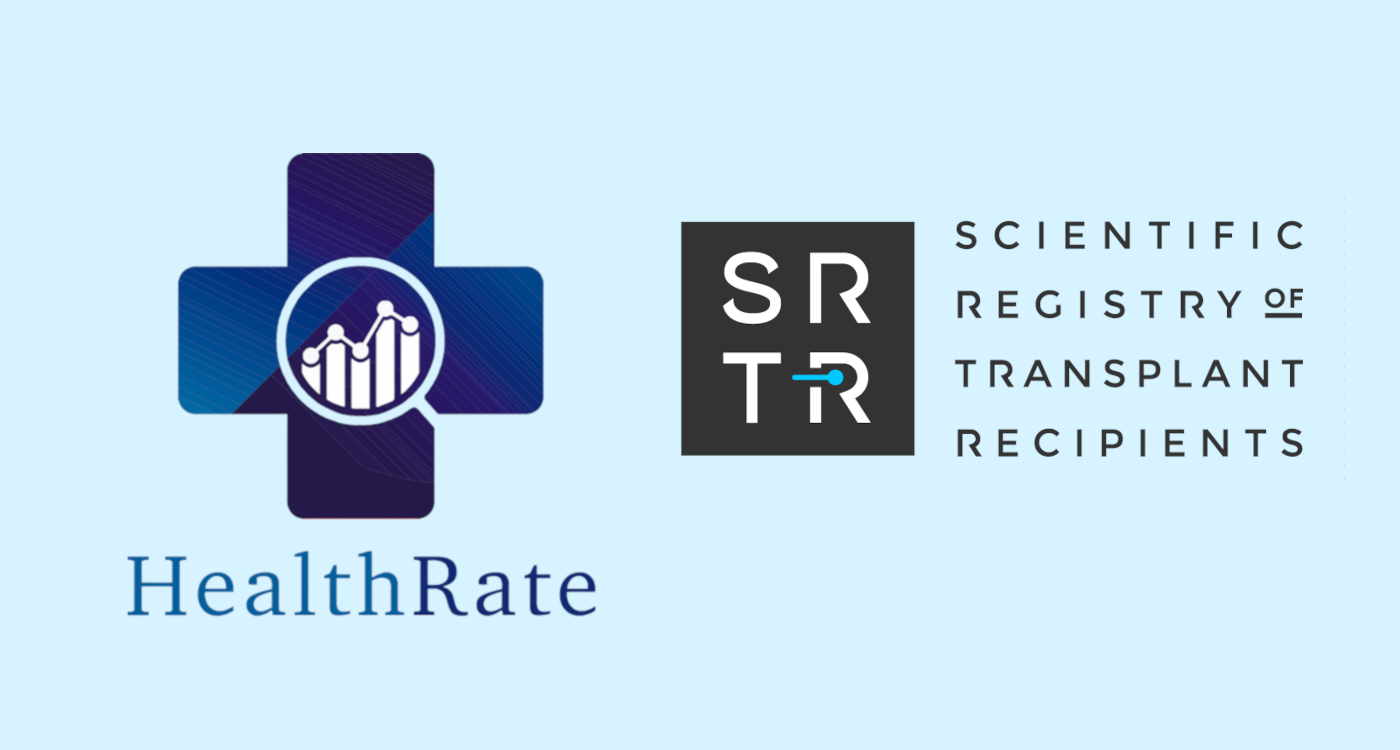Reducing the Administrative Burden of High-Cost Claims: A Smarter Way to Lower Costs

The financial pressures of managing high-cost claims like transplants, oncology treatments, and advanced therapies are well-known, but there’s another challenge that businesses face when dealing with these claims.
The overwhelming administrative burden. Processing and managing these claims can be complex, time-consuming, and costly, especially if it involves negotiating contracts, moving patients, and dealing with layers of paperwork. For many companies, this administrative strain can lead to increased costs and inefficiencies—without delivering the desired results of reduced risk exposure or lower costs.

The Heavy Administrative Burden of High-Cost Claims
Managing high-cost claims involves much more than simply paying a bill. The administrative side of processing these claims includes reviewing and negotiating provider contracts, verifying coverage, handling patient transitions, and ensuring compliance with various regulations. This workload places a significant strain on clinical and financial teams, resulting in higher overhead costs and longer processing times. In fact, according to the American Medical Association (AMA), $265 billion is spent annually in the U.S. on administrative complexity alone, which represents about 25% of total healthcare expenditures.
For employers, this administrative burden doesn’t just drive-up costs—it also increases the risk of errors, mismanagement, and delays in care. Handling complex claims like transplants and oncology treatments requires a level of precision that many organizations are not equipped to manage in-house.
The Complexity of Contract Negotiation and Price Comparison
One of the biggest challenges in managing high-cost claims is the variability in provider contracts. The cost for the same procedure can vary widely depending on which provider, hospital, or network is being used. Directly negotiating new contracts for each case is a complicated and time-consuming process that few companies have the resources to handle efficiently.
Moreover, comparing contracts accurately is near impossible without the ability to run all scenarios for that specific case. How can you ensure you’re getting the best deal if you don’t have a clear view of all the variables involved? According to a PricewaterhouseCoopers study, healthcare contract terms are often so complex and inconsistent that accurately comparing costs across providers and networks requires sophisticated tools and expertise that most companies simply don’t have. This lack of clarity adds to the administrative burden, further complicating the process.
A Smarter Approach: Leveraging Carve-Out or Specialty Networks
Fortunately, there’s a more effective way to manage these high-cost claims that significantly reduces both the administrative burden and the cost. Rather than negotiating every claim on your own or moving patients to different networks, employers can leverage carve-out or specialty networks that have pre-negotiated rates for catastrophic services like transplants, oncology =, and novel gene therapy treatments.
Here’s how this solution can help:
- Pre-Negotiated Rates: These networks come with pre-negotiated rates for high-cost procedures, meaning that the provider has already agreed to a specific set of terms for catastrophic bundled services. There’s no need for new contract negotiations, which eliminates the need for payers, stop loss providers, or reinsurers to spend time and resources renegotiating rates.
- No Need to Move Patients: One of the biggest concerns when managing high-cost claims is ensuring that patients receive the care they need without disruptions. By using carve-out networks, there’s no need to move patients to new providers or facilities. They can stay within their current care structure, and still benefit from the cost savings.
- Reduced Administrative Workload: Leveraging these existing contracts dramatically reduces the administrative workload. There’s no need to negotiate new terms or process a mountain of paperwork for each case. The network handles the details, allowing your team to focus on other important tasks.
- Cost Savings: Because these contracts are already in place, the costs for procedures like transplants or oncology treatments are typically much lower than what a company might negotiate on its own. For example, one case study showed that using a carve-out network for a bone marrow transplant resulted in savings of $1.2 million, with no changes to the patient’s care plan or facility.
HealthRate: A Tool for Reducing Administrative Burden and Costs
While specialty networks can reduce the burden of managing high-cost claims, selecting the right network and comparing contracts can still be challenging. This is where HealthRate comes in. HealthRate offers a comprehensive, data-driven platform that enables employers to assess existing contracts and carve-out networks, ensuring they get the best possible rates without increasing their administrative burden.
HealthRate’s platform allows businesses to:
- Run Multiple Scenarios: HealthRate enables users to run all possible scenarios for a specific high-cost claim, providing a clear view of the best contract options without the guesswork. This eliminates the need for extensive contract comparisons or manual calculations.
- Access Pre-Negotiated Contracts: The platform provides access to pre-negotiated contracts for catastrophic services, so there’s no need to move patients or renegotiate terms. This not only simplifies the process but also delivers immediate cost savings.
- Maintain Administrative Workflow: One of the key benefits of HealthRate is that it integrates seamlessly into your existing administrative workflow. There’s no need to change how your team processes claims or manages patient care. The platform does the heavy lifting by providing real-time insights into the best available contracts, reducing both the administrative complexity and the financial burden of high-cost claims.
Simplifying High-Cost Claims with the Right Tools
High-cost claims are already challenging enough without adding layers of administrative complexity. The traditional approach of negotiating contracts for each case is not only burdensome but also inefficient and costly. Fortunately, there’s another way.
By leveraging carve-out and specialty networks with pre-negotiated rates, businesses can significantly reduce the administrative burden while dramatically lowering costs. With tools like HealthRate, companies can easily assess these contracts, compare options, and make informed decisions without disrupting patient care or increasing their administrative workload.
In an environment where administrative complexity drives up healthcare costs, HealthRate offers a smarter, more efficient way to manage high-cost claims. It’s time to rethink how we approach these claims—by reducing administrative burdens and securing better outcomes for both businesses and patients.
Manage Your Risks Effectively
Try HealthRate today and simplify risk management.





